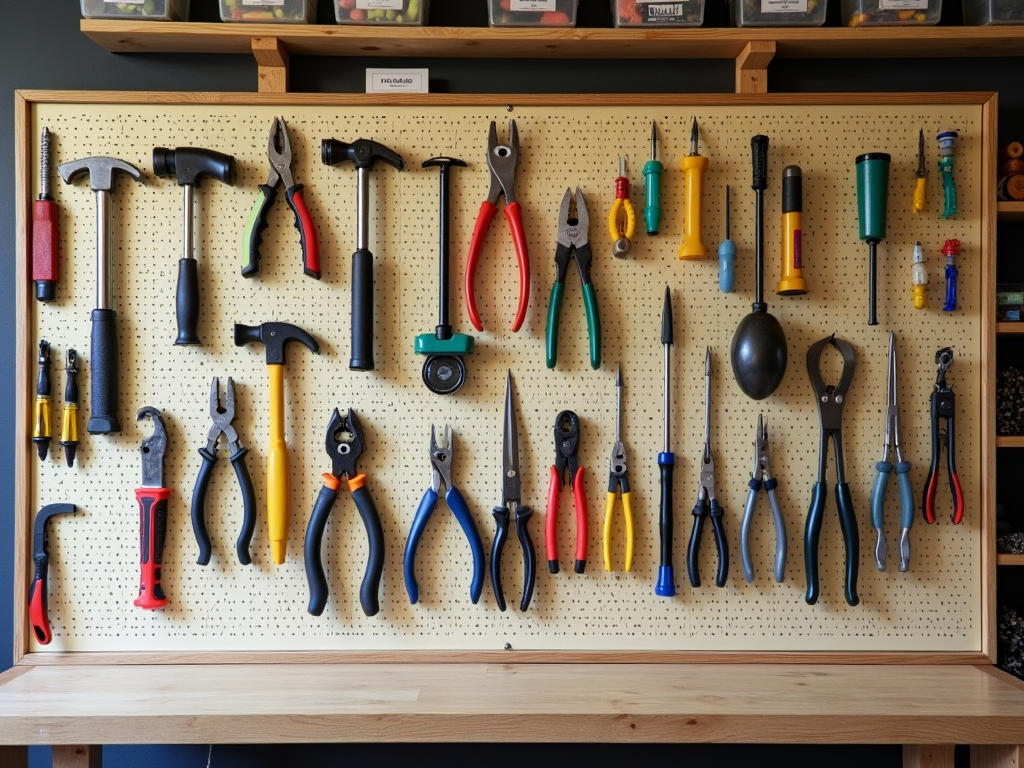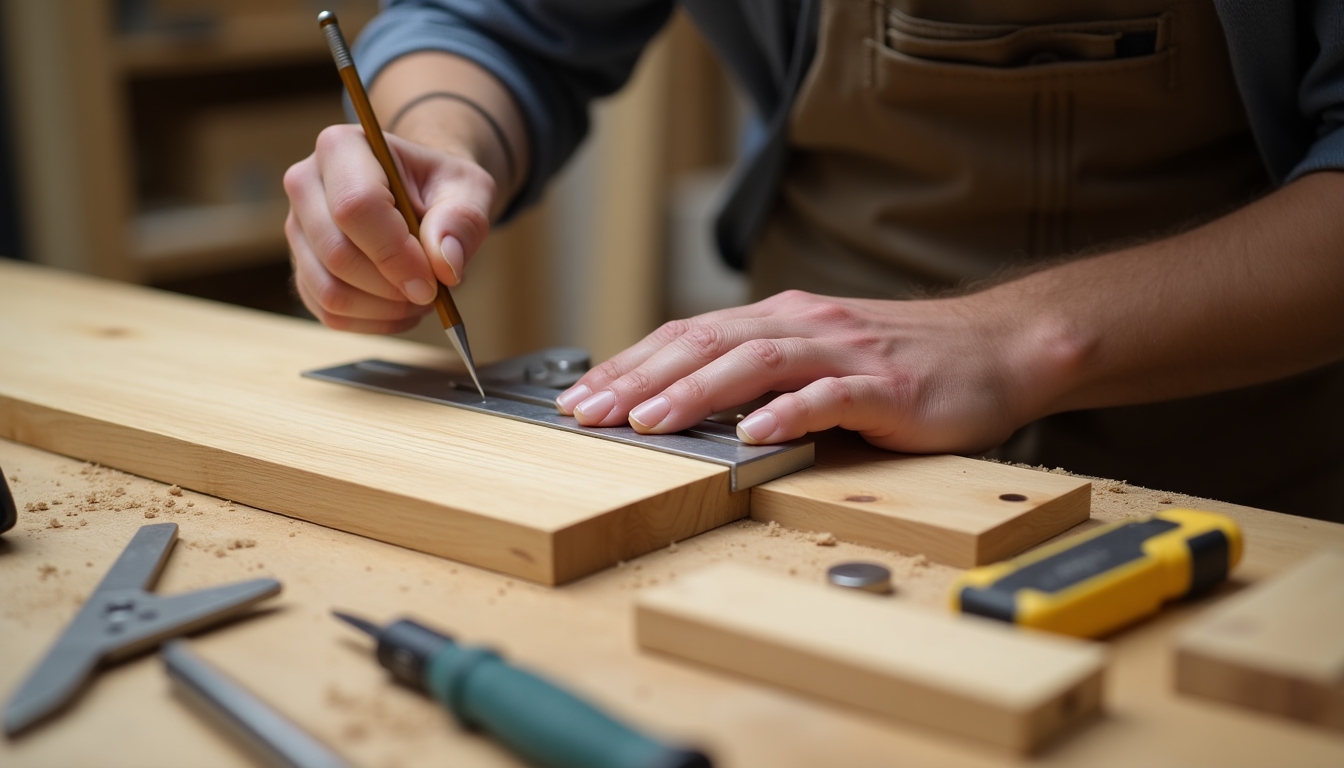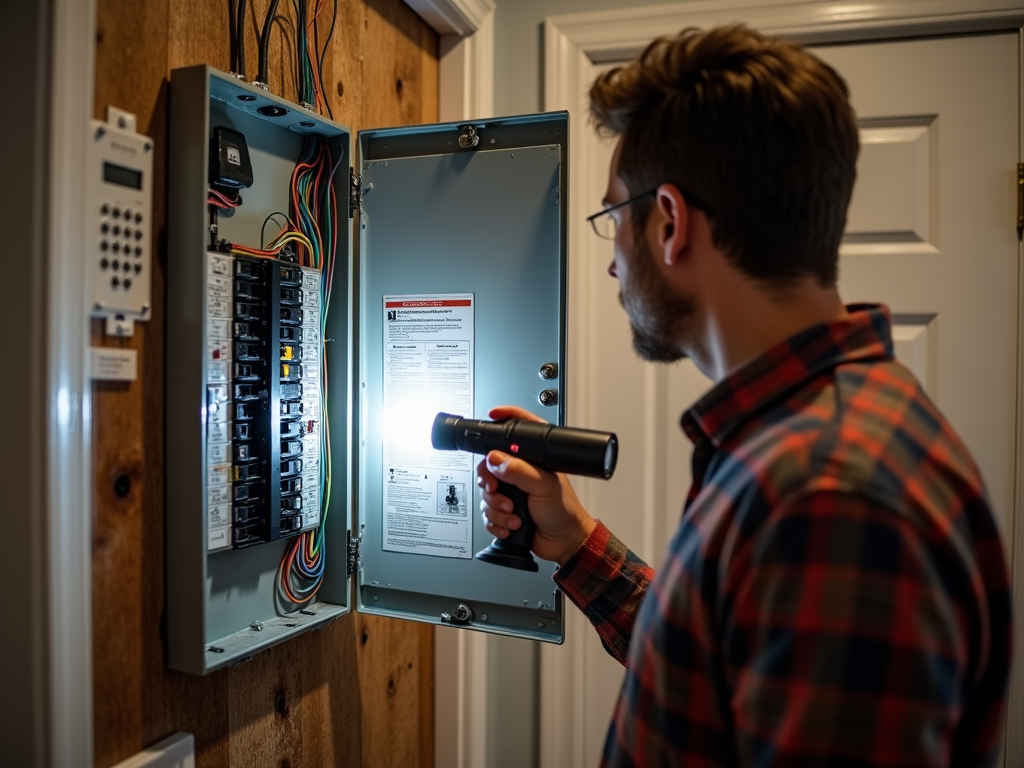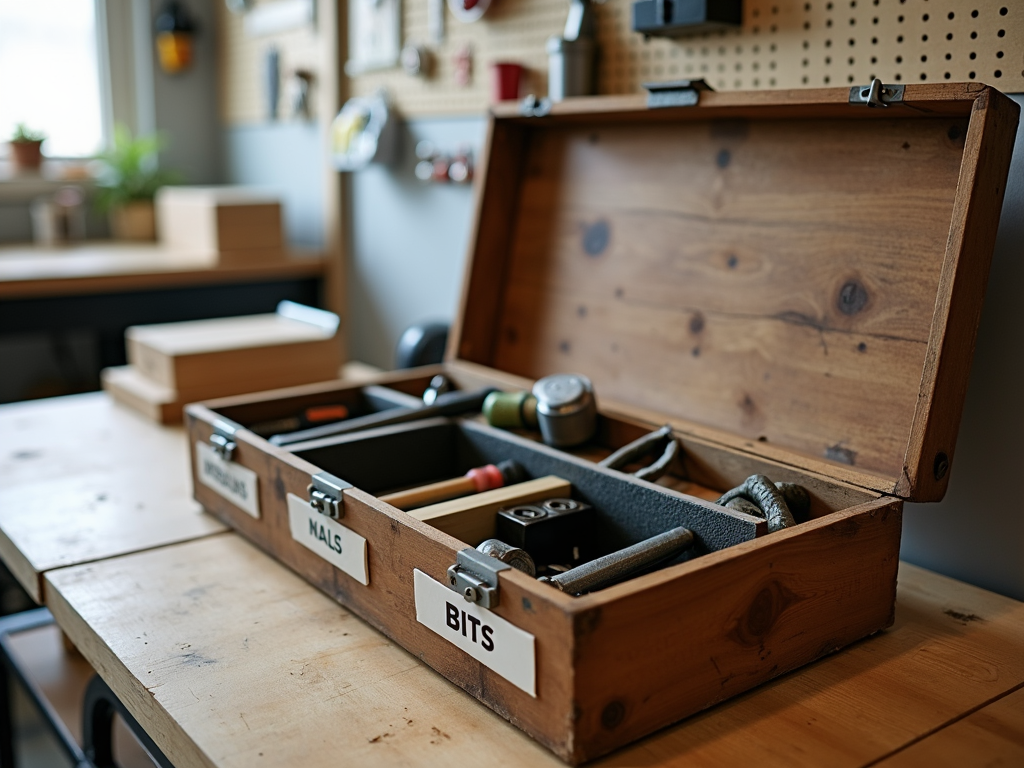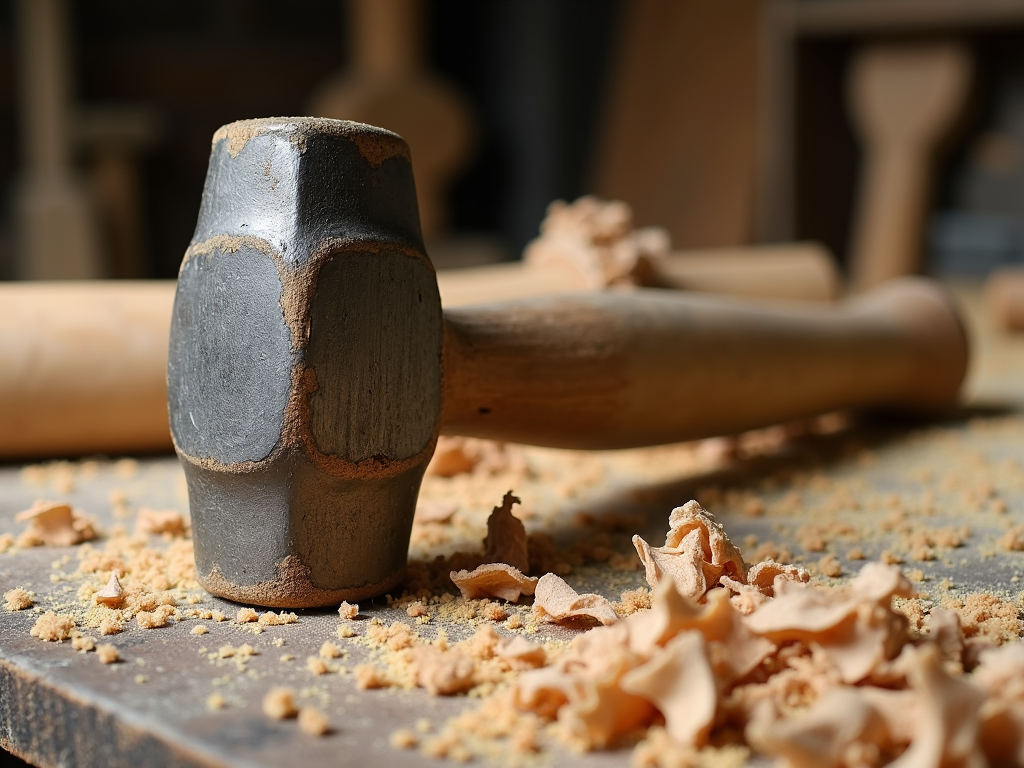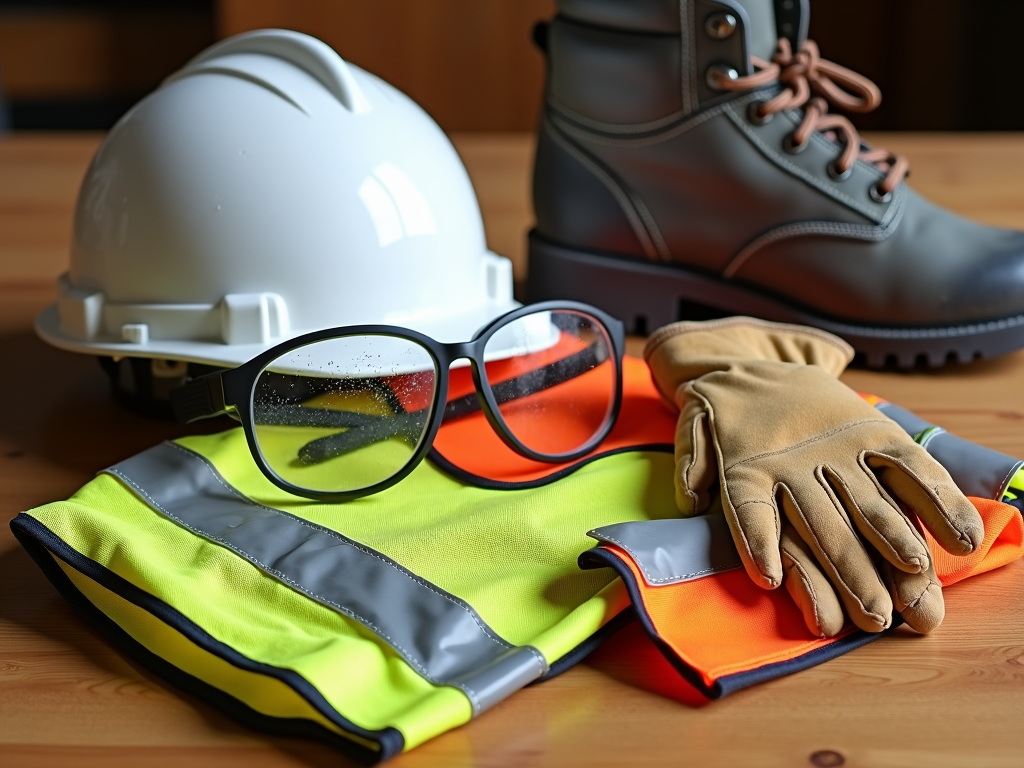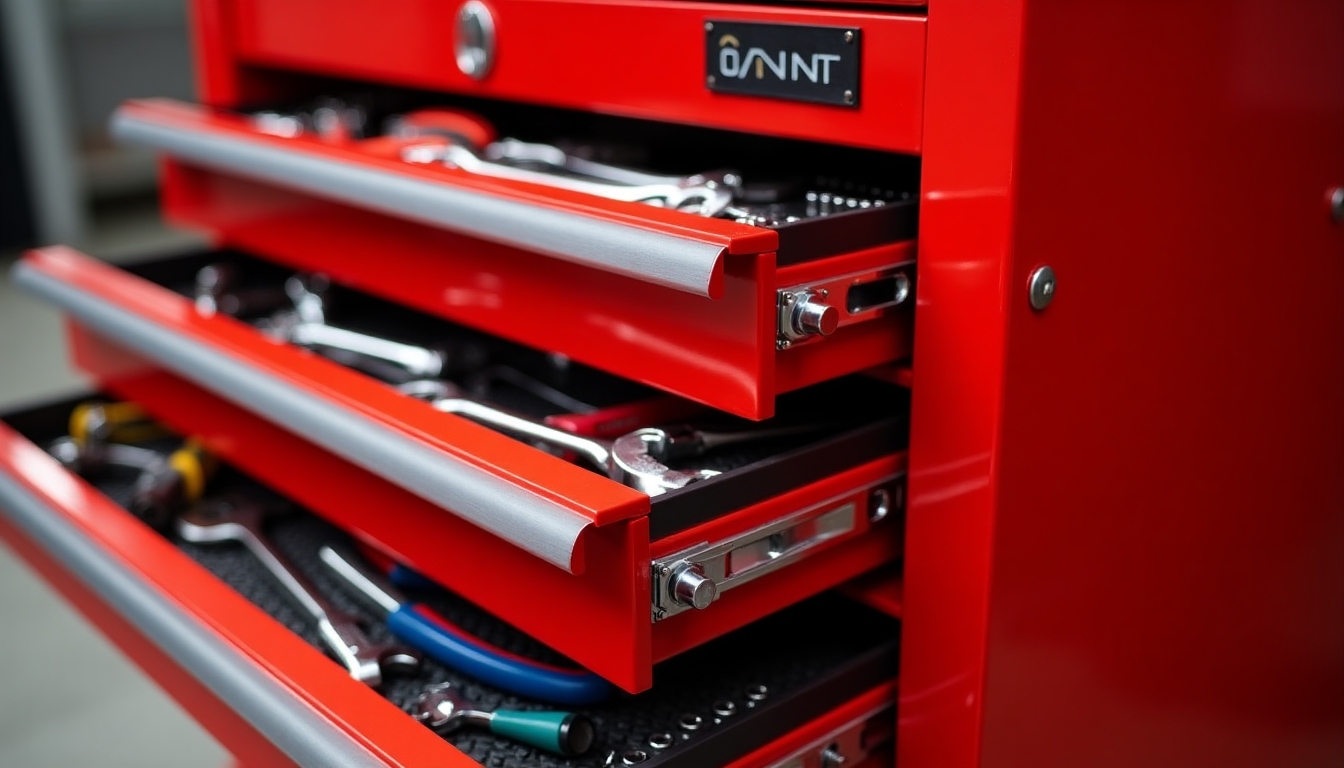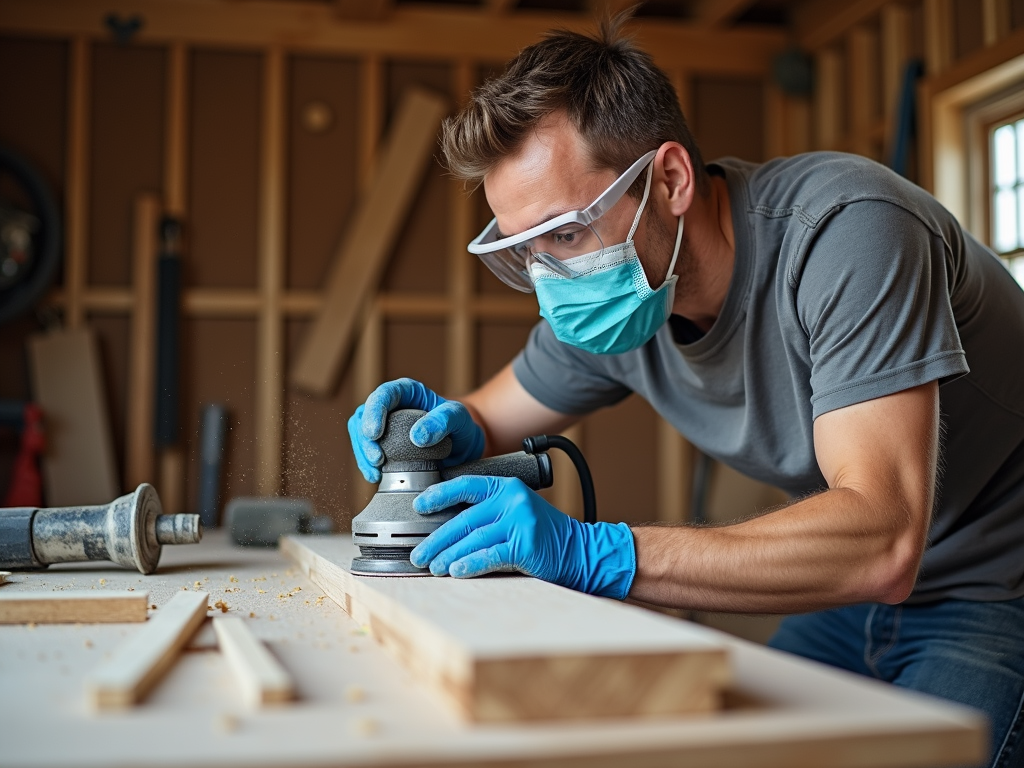Working in a workshop can be incredibly rewarding, but it also comes with risks. Whether you're a hobbyist or a professional, understanding tool safety is crucial to prevent accidents and injuries. In this guide, we'll explore essential safety practices to keep you protected while you work.

Before you even pick up a tool, there are some fundamental safety rules to follow:
- Always read the manual: Every tool comes with instructions for safe use. Make sure you understand them.
- Inspect your tools: Check for any damage or wear before use. A faulty tool can be dangerous.
- Use the right tool for the job: Don't improvise; using the wrong tool can lead to accidents.
- Keep your workspace clean: A cluttered area can cause trips and falls.
- Never work alone if possible: Having someone nearby can be lifesaving in an emergency.

Investing in proper safety gear is non-negotiable. Here are some essentials:
- Safety glasses: Protect your eyes from flying debris.
- Gloves: Choose the right type for the task to protect your hands.
- Ear protection: For noisy tools to prevent hearing damage.
- Dust mask or respirator: To avoid inhaling harmful particles.
- Steel-toed boots: Protect your feet from heavy objects.
Remember, safety gear is only effective if you use it correctly. Make sure it fits well and is in good condition.

Different tools require different safety measures. Let's look at some common ones in more detail:
Power Tools: - Drills: Always secure the workpiece before drilling. Use a drill press for precision and safety when possible. - Saws: Whether it's a circular saw, jigsaw, or table saw, always use the appropriate blade for the material. Keep hands away from the blade and use push sticks when necessary. - Sanders: Wear a dust mask to avoid inhaling fine particles. Ensure the sander is off before changing sandpaper.
Hand Tools: - Hammers: Use the right size and type for the job. Strike squarely to avoid glancing blows. - Screwdrivers: Ensure the tip fits the screw head properly to prevent slipping. - Wrenches: Pull towards you rather than pushing away to maintain control.
For advanced workman tools, such as pneumatic tools or laser cutters, additional training and safety protocols are essential. Always follow the manufacturer's guidelines and seek professional training if necessary.
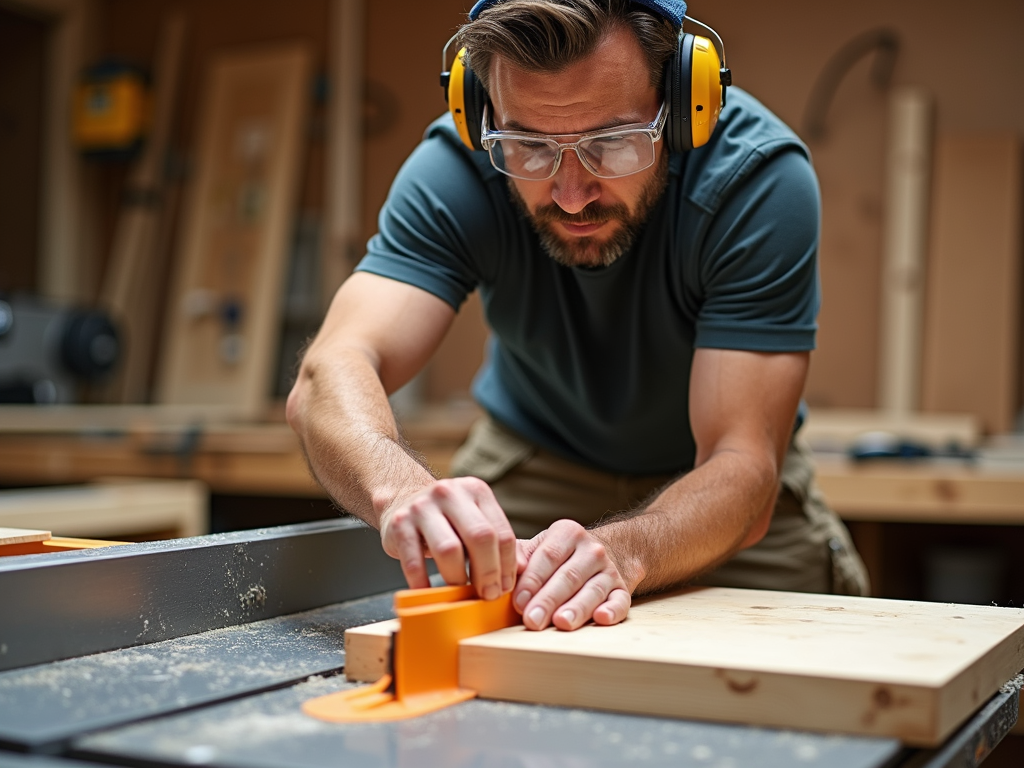
A well-organized workshop is a safer workshop. Here are some tips:
- Use workbenches with proper lighting and ventilation.
- Store tools in designated places when not in use.
- Keep flammable materials away from heat sources.
- Have a first aid kit readily available.
- Clearly label all chemicals and hazardous materials.
An organized space not only reduces the risk of accidents but also makes your work more efficient.

For professionals using advanced workman tools, safety becomes even more critical. Here are some advanced tips:
- Regular training: Stay updated on the latest safety protocols.
- Use of personal protective equipment (PPE): Beyond the basics, consider full-body suits or specialized gear.
- Implement lockout/tagout procedures: To prevent accidental startup of machinery.
- Conduct regular safety audits: Identify and address potential hazards.
Remember, safety is an ongoing process. Always be vigilant and proactive.

Even experienced workers can make mistakes. Here are some common ones and how to avoid them:
- Rushing the job: Take your time; haste leads to errors.
- Ignoring small issues: A loose screw or a frayed cord can become a big problem.
- Overconfidence: Never assume you're immune to accidents.
- Not wearing safety gear: It's uncomfortable, but it's essential.
I've seen experienced woodworkers get complacent and skip wearing safety glasses, only to regret it when a splinter flies into their eye. It's a small inconvenience that can prevent a big problem.
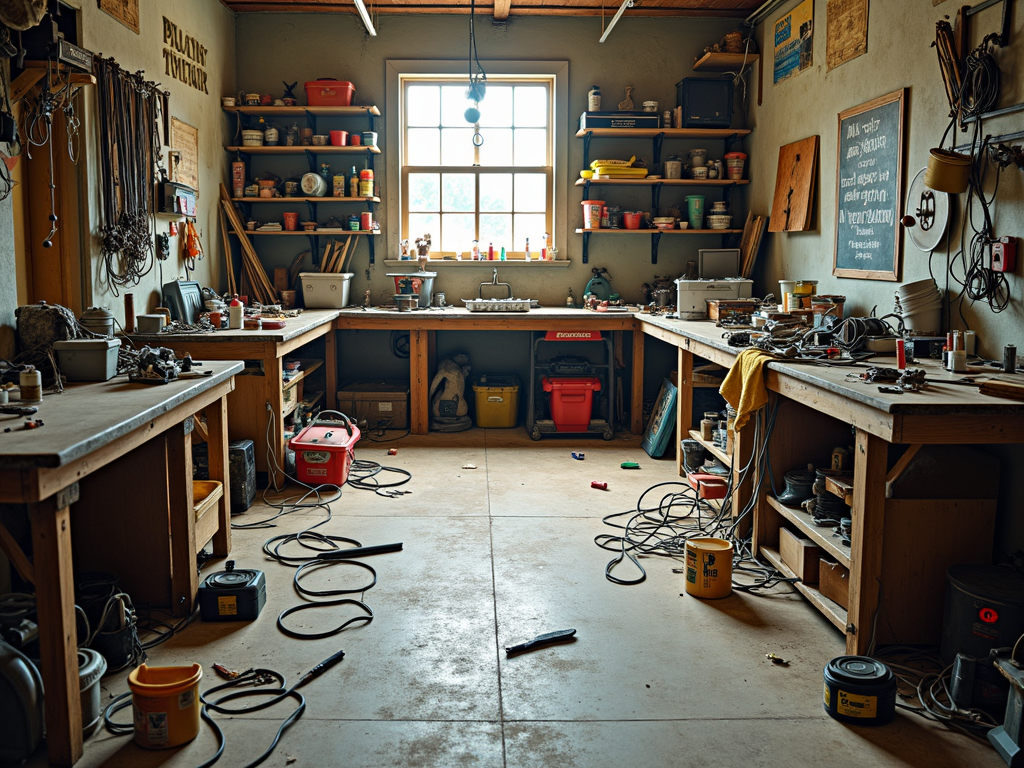
Despite all precautions, accidents can still happen. Being prepared can make a significant difference:
- Know the location of the first aid kit and how to use its contents.
- Have emergency contact numbers readily available.
- Learn basic first aid, including how to treat cuts, burns, and eye injuries.
- Install a fire extinguisher and know how to use it.
- Consider taking a CPR course; it could save a life.
By being prepared, you can respond quickly and effectively in an emergency.
| Gear | Purpose | When to Use |
|---|---|---|
| Safety Glasses | Protect eyes from debris | Always when using tools |
| Gloves | Protect hands from cuts, etc. | When handling sharp or hot objects |
| Ear Protection | Prevent hearing damage | With loud tools like saws |
| Dust Mask | Avoid inhaling particles | When sanding or cutting |
| Steel-toed Boots | Protect feet from heavy objects | When working with heavy materials |
Tool safety is not just a set of rules; it's a mindset. By prioritizing safety, you protect yourself and those around you. Remember, no project is worth risking your health. Stay informed, stay equipped, and stay safe.
Related Ultimate Guide to Tool Safety: Protecting Yourself in the Workshop:
- Workshop Organization Hacks to Boost Productivity
- Mastering Advanced Techniques for Professional Woodworkers
- Safety Practices in Home Electrical Repairs: A Comprehensive Guide
- Advanced Electrical Tools for Automation
- Essential Safety Tips for Construction Workers
- Workshop Organization Tips for Maximizing Efficiency: A Handyman’s Guide
- Best Tool Storage Solutions for Small Garages
- The Top 10 Essential Tools Every Workman Should Own
- Safety Gear for Construction Workers: A Comprehensive Guide
- Tips and Tricks for Organizing Your Garage Tools
- Safety Gear Essentials for DIYers: Protect Yourself While You Work
- Maximizing Productivity with Ergonomic Tools
